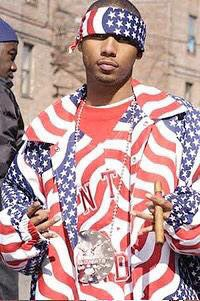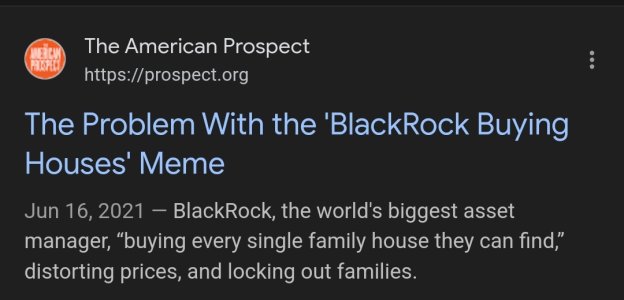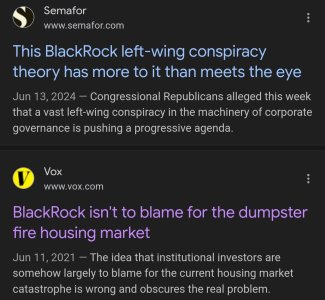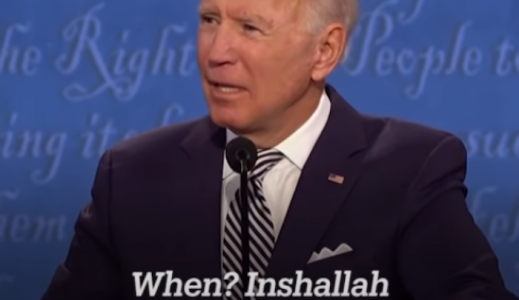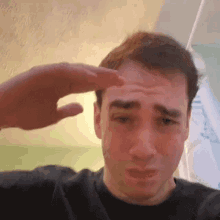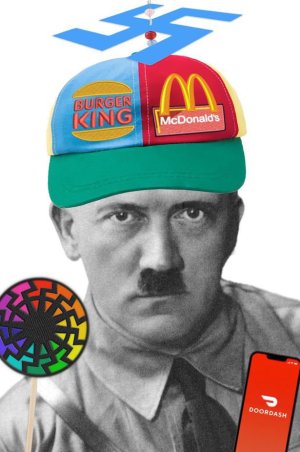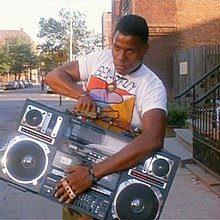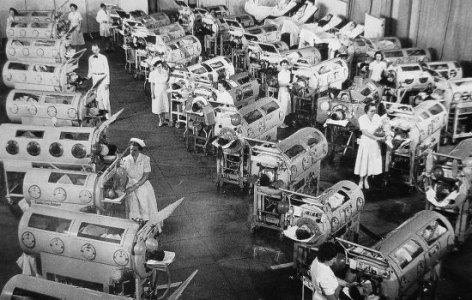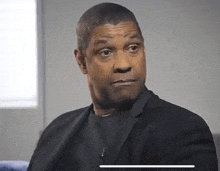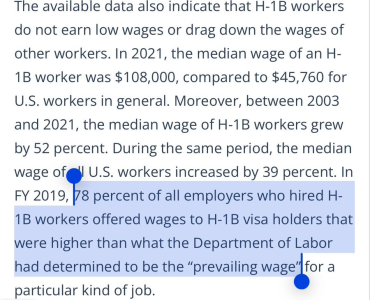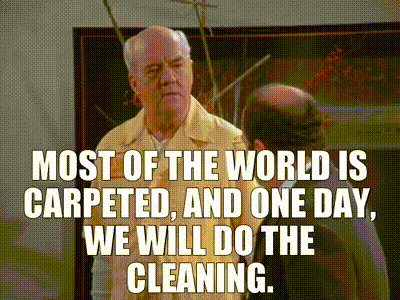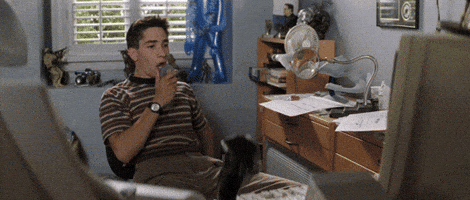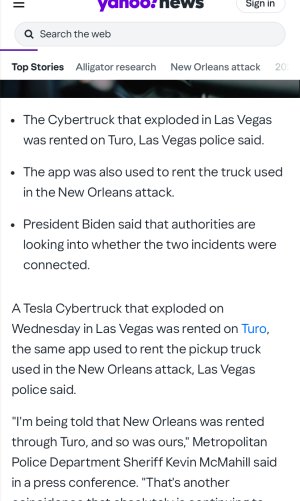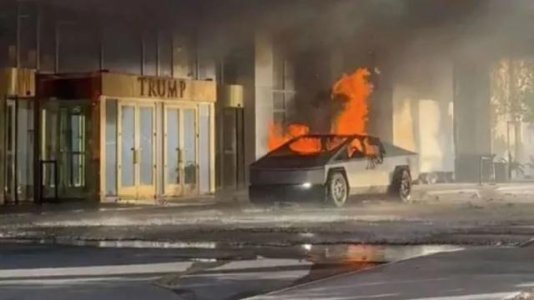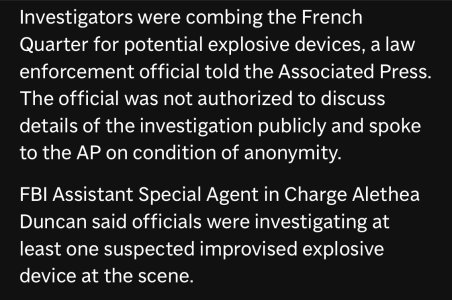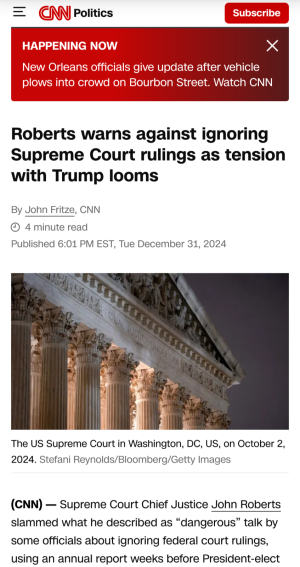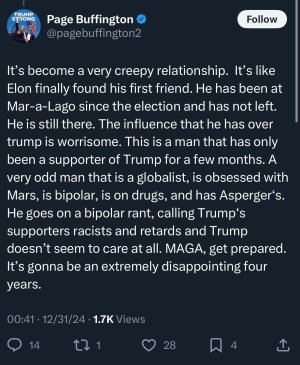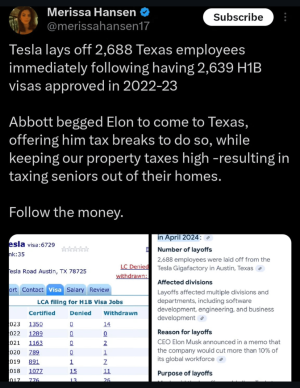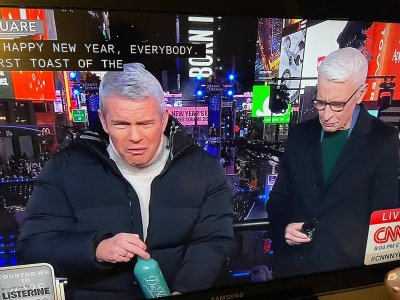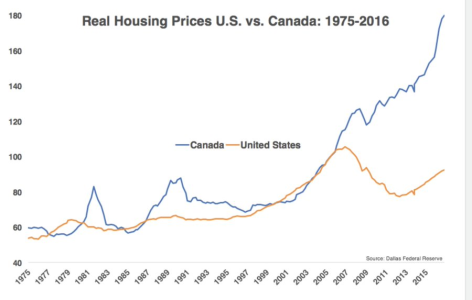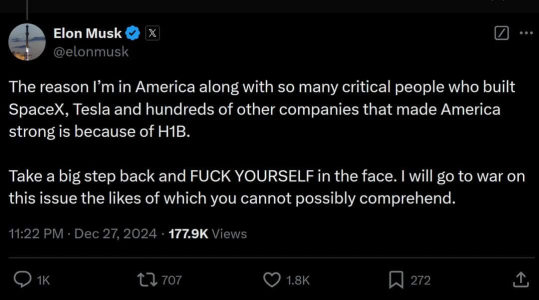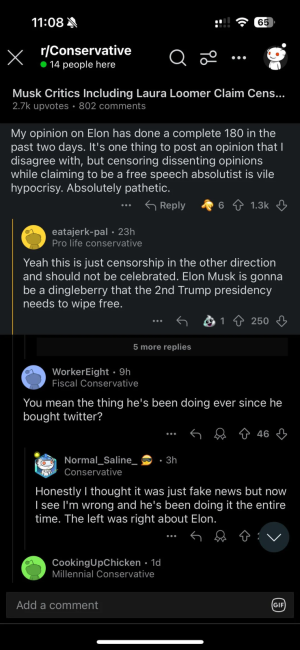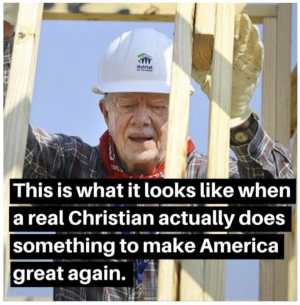The evidence lies in obscure docket entries at the clerk’s office for the D.C. Circuit. Thanks to Politico’s Josh Gerstein and Darren Samuelsohn, we know that on August 16th (the day after Giuliani said he was almost finished with his memorandum, remember), a sealed grand jury case was initiated in the D.C. federal district court before Chief Judge Beryl A. Howell. We know that on September 19, Chief Judge Howell issued a ruling and 5 days later one of the parties appealed to the D.C. Circuit. And thanks to Politico’s reporting, we know that the special counsel’s office is involved (because the reporter overheard a conversation in the clerk’s office). We can further deduce that the special counsel prevailed in the district court below, and that the presumptive grand jury witness has frantically appealed that order and sought special treatment from the judges of the D.C. Circuit—often referred to as the “second-most important court in the land.”
Nothing about the docket sheets, however, discloses the identity of the witness. Politico asked many of the known attorneys for Mueller witnesses—including Jay Sekulow, another Trump lawyer—and every one denied knowledge of the identity of the witness. (What, of course, would we expect a lawyer to say when asked about a proceeding the court has ordered sealed?)
But for those of us who have been appellate lawyers, the brief docket entries tell a story. Here’s what we can glean:
- The parties and the judges have moved with unusual alacrity. Parties normally have 30 days to appeal a lower court action. The witness here appealed just five days after losing in the district court—and three days later filed a motion before the appellate court to stay the district court’s order. That’s fast.
- The appeals court itself responded with remarkable speed, too. One day after getting the witness’s motion, the court gave the special counsel just three days to respond—blindingly short as appellate proceedings go. The special counsel’s papers were filed October 1.
- At this point an unspecified procedural flaw seems to have emerged, and on October 3, the appeals court dismissed the appeal. Just two days later, the lower court judge cured the flaw, the witness re-appealed, and by October 10 the witness was once again before appellate court. Thanks to very quick action of all the judges, less than one week was lost due to a flaw that, in other cases, could have taken weeks or months to resolve.
- Back before the D.C. Circuit, this case’s very special handling continued. On October 10, the day the case returned to the court, the parties filed a motion for expedited handling, and within two days, the judges had granted their motion and set an accelerated briefing schedule. The witness was given just 11 days to file briefs; the special counsel (presumably) just two weeks to respond; and reply papers one week later, on November 14 (for those paying attention, that’s 8 days after the midterm elections). Oral arguments are set for December 14.
At every level, this matter has commanded the immediate and close attention of the judges involved—suggesting that no ordinary witness and no ordinary issue is involved. But is it the president? The docket sheets give one final—but compelling—clue. When the witness lost the first time in the circuit court (before the quick round-trip to the district court), he unusually petitioned for rehearing
en banc—meaning he thought his case was so important that it merited the very unusual action of convening all 10 of the D.C. Circuit judges to review the order. That is itself telling (this witness believes his case demands very special handling), but the order disposing of the petition is even more telling: President Trump’s sole appointee to that court, Gregory Katsas, recused himself.
Why did he recuse himself? We don’t know; by custom, judges typically don’t disclose their reasons for sitting a matter out. But Judge Katsas previously served in the Trump White House, as one of four deputy White House counsels. He testified in his confirmation hearings that in that position he handled executive branch legal issues, but made clear that apart from some discrete legal issues, he had not been involved in the special counsel’s investigation. If the witness here were unrelated to the White House, unless the matter raised one of the discrete legal issues on which he had previously given advice, there would be no reason to recuse himself.
But if the witness were the president himself—if the matter involved an appeal from a secret order requiring the president to testify before the grand jury—then Judge Katsas would certainly feel obliged to recuse himself from any official role. Not only was the president his former client (he was deputy counsel
to the president, remember) but he owes his judicial position to the president’s nomination. History provides a useful parallel: In 1974, in the unanimous Supreme Court decision
US v
Nixonrequiring another witness-president to comply with a subpoena, Justice William Rehnquist recused himself for essentially the same reasons.
We cannot know, from the brief docket entries that are available to us in this sealed case, that the matter involves President Trump. But we do know from Politico’s reporting that it involves the special counsel and that the action here was filed the day after Giuliani noted publicly, “[W]e’re pretty much finished with our memorandum opposing a subpoena.” We know that the district court had ruled in favor of the special counsel and against the witness; that the losing witness has moved with alacrity and with authority; and that the judges have responded with accelerated rulings and briefing schedules. We know that Judge Katsas, Trump’s former counsel and nominee, has recused himself. And we know that this sealed legal matter will come to a head in the weeks just after the midterm elections.
If Mueller were going to subpoena the president—and there’s every reason why a careful and thorough prosecutor would want the central figure on the record on critical questions regarding his knowledge and intent—this is just the way we would expect him to do so. Quietly, expeditiously, and refusing to waste the lull in public action demanded by the midterm elections. It all fits.










